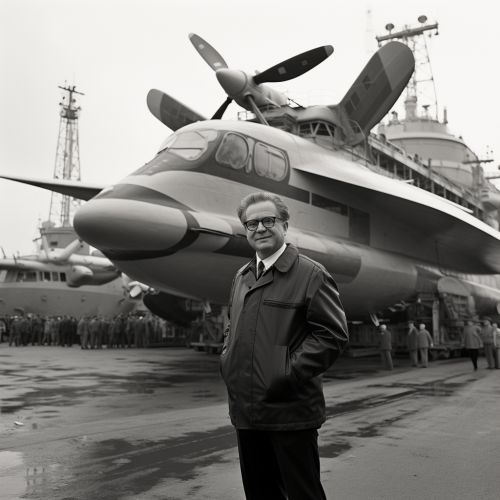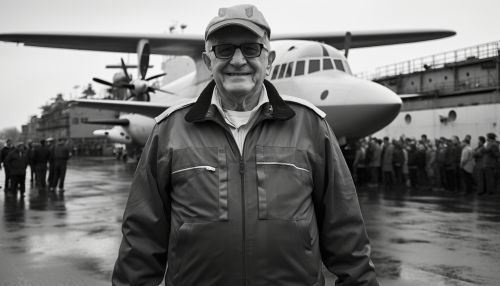Rostislav Alexeyev
Early Life and Education
Rostislav Alexeyev was born on December 18, 1916, in the small village of Novozybkov, located in the Bryansk region of Russia. His father was a railway worker, and his mother was a homemaker. From an early age, Alexeyev showed a keen interest in mechanics and engineering, often helping his father with various tasks around the railway.
He completed his primary education in his hometown before moving to Moscow to pursue higher education. In 1938, he graduated from the Bauman Moscow Higher Technical School with a degree in shipbuilding. This laid the foundation for his future career in hydrofoil and ekranoplan design.
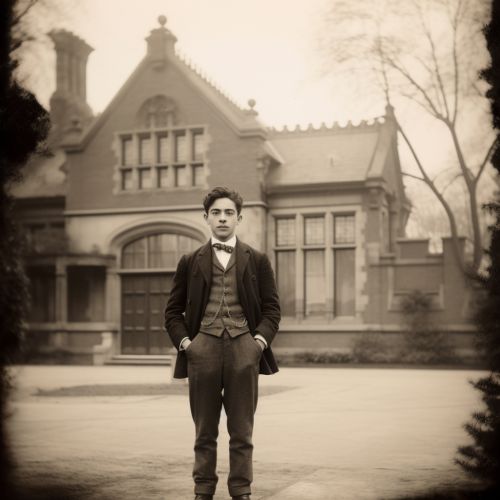
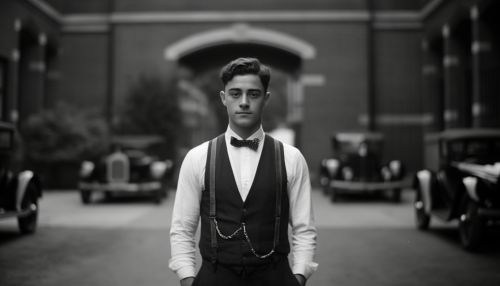
Career and Achievements
After graduation, Alexeyev began his career at the Central Hydrofoil Design Bureau, where he would remain for the rest of his professional life. His early work focused on the design and development of hydrofoils, a type of ship that uses wing-like structures to lift the hull out of the water and increase speed.
In 1957, Alexeyev was appointed chief designer of the Bureau, a position he held until his death in 1980. During his tenure, he oversaw the development of several groundbreaking hydrofoil designs, including the "Raketa" and "Kometa" passenger ships, which were used extensively in the Soviet Union and exported to other countries.
However, Alexeyev's most significant contribution to the field of naval engineering was his work on ground effect vehicles, also known as ekranoplans. These are a unique type of vehicle that operate by generating lift from the ground effect, a phenomenon that occurs when an aircraft flies close to the ground.
Alexeyev's first successful ekranoplan, the KM (Korabl Maket), was launched in 1966. At 92 meters long and weighing 540 tons, it was the largest ekranoplan ever built and held the record for the fastest maritime vehicle for many years.
Despite the success of the KM, Alexeyev faced numerous challenges throughout his career. His work was often met with skepticism and resistance from the Soviet military and government, who did not fully understand or appreciate the potential of ekranoplans. Nevertheless, Alexeyev continued to advocate for their development, believing that they could revolutionize naval transportation and warfare.
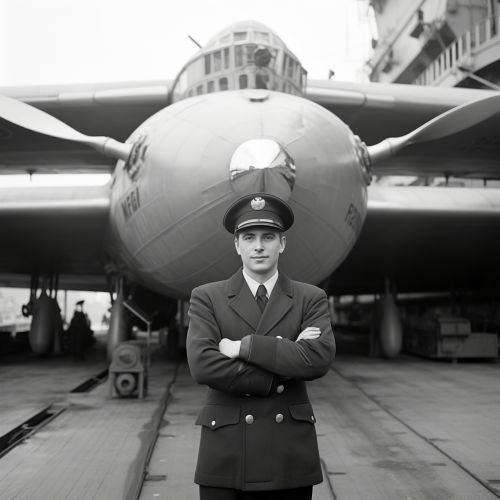
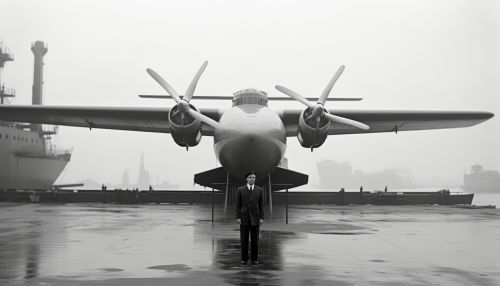
Legacy and Impact
Rostislav Alexeyev's work has had a profound impact on the field of naval engineering. His pioneering work on hydrofoils and ekranoplans has influenced the design of many modern ships and aircraft, and his ideas continue to inspire engineers and designers around the world.
Despite the challenges he faced, Alexeyev remained committed to his vision and never stopped pushing the boundaries of what was possible. His determination and innovative spirit have made him a revered figure in the field of naval engineering, and his legacy continues to inspire future generations of engineers.
